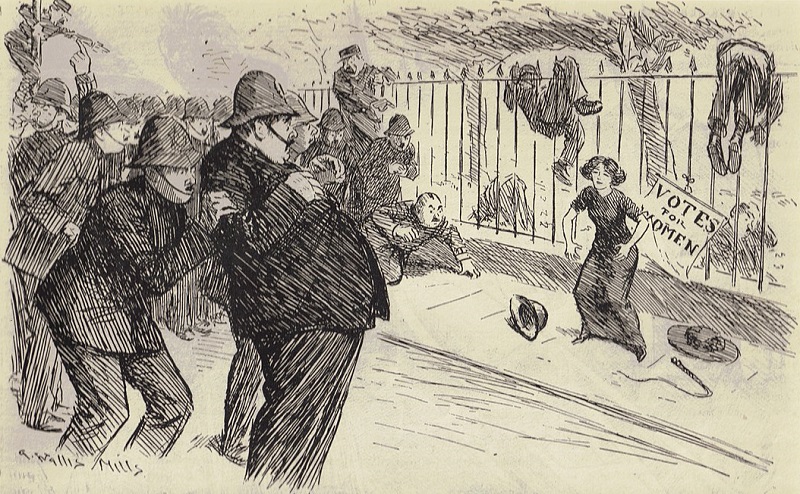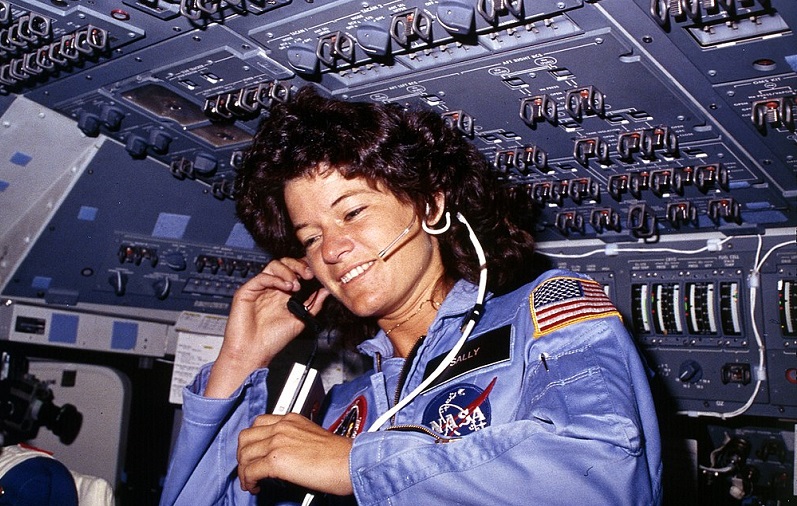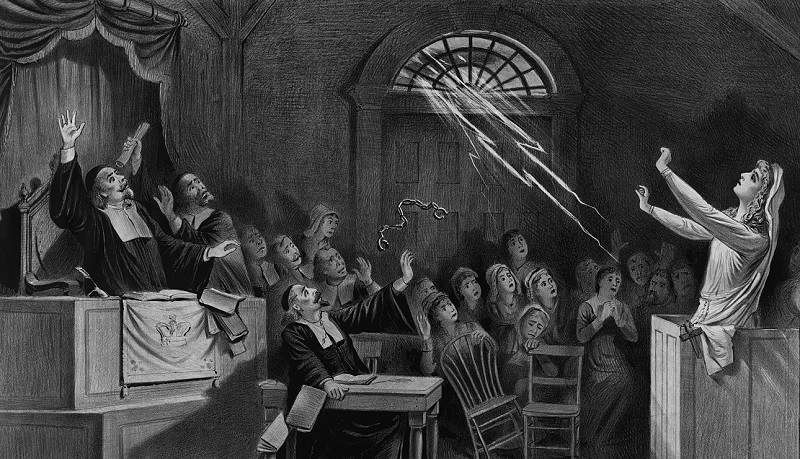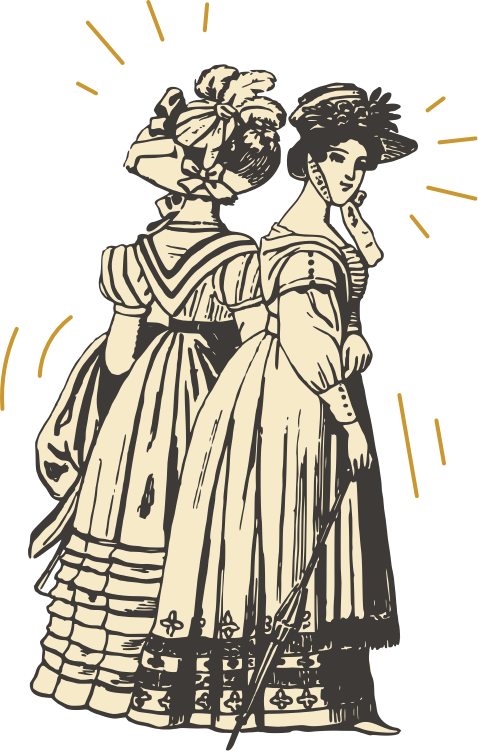Women’s History Month Quiz
In honor of Women’s History Month in March, you can enjoy one of our newest virtual games, the Wonder Women in History Virtual Scavenger Hunt. As you explore museum websites and virtual tours to answer tricky questions, you’ll meet 20 powerful women and discover their world-changing stories.
To get you warmed up, take a crack at this trivia game of Women’s History Month trivia questions.
Women’s History Month Trivia Questions
1. Long before it expanded to a month, the first Women’s History Day was celebrated on February 28, 1909. It marked the one-year anniversary of a march by 15,000 women in New York City. They were protesting the awful working conditions in what sort of industry?
The garment, or clothing, industry
Protestors included workers from the Triangle Shirtwaist Company, only a few years before a deadly fire there pushed lawmakers to pass worker-protection legislation.
2. In the United Kingdom, the suffragette movement succeeded in earning voting rights for women and who else?
Men!
The Representation of the People Act 1918 granted voting rights both to women and to nearly 6 million working-class men who couldn’t vote either.

3. Speaking of British suffragettes, they were often injured and mistreated during arrests. To combat that, what did Edith Margaret Garrud, pictured above, teach her fellow suffragettes in the early 1900s?
Jiu-jitsu
Garrud trained a special group of about 30 women to use the martial art. They were so good at resisting arrest that they were dubbed “the Amazons” and “the Bodyguard.”
4. What sudsy craft started out as a woman’s gig?
Brewing beer
Around the world, making beer was originally the province of “alewives.” In fact, the oldest known description of beer brewing is a Sumerian hymn to Ninkasi, the goddess of beer.
5. During the 1930s and ’40s, what First Lady held some 348 press conferences exclusively for women reporters?
Eleanor Roosevelt
Her press conferences covered issues “of special interest and value to the women of the country.”
6. Now a symbol of women workers during World War II, what fictional character actually didn’t become famous until the 1980s?
Rosie the Riveter
Westinghouse Electric Corporation stopped using the famous “We Can Do It!” image featuring Rosie after only two weeks in 1943. In 1980s, the National Archives licensed the image to sell on merchandise and make up for Reagan-era budget cuts.
7. In 1966, Bobbi Gibb became the first woman to complete the Boston Marathon—unofficially, because the Amateur Athletic Union sanctioned only men to compete in marathons. At that time, what was the longest-distance race sanctioned for women in the United States?
A mile and half
Gibb’s Boston Marathon performances in 1966, 1967, and 1968 helped force the AAU to change its policy, which it did in 1971.
8. What now-famous creature was pieced together in 1818 by a woman who had a nightmare after her friends swapped scary stories?
Frankenstein’s Monster
Mary Shelley’s Frankenstein is widely considered the first true work of science fiction. Her friend, the English poet Lord Byron, called the novel “a wonderful work for a girl.” Gross.
9. In the 1880s, journalist Nellie Bly put Phileas Fogg to shame when she did what in a mere 72 days?
Traveled around the world
The 25,000-mile journey was an especially amazing feat when you consider that airplanes hadn’t been invented yet. (Oh, and Phileas Fogg is the main character in Jules Vernes’ Around the World in 80 Days.)
10. In 1901, 63-year-old school teacher Annie Taylor became the first person in history to ride a wooden barrel where?
Over Niagara Falls
Riding inside a specially designed barrel, she survived with only a small cut on her head.

11. On June 18, 1983, Sally Ride broke two barriers: she became the first female astronaut in space, and the first…what?
Gay astronaut
Ride never came out publicly while she was alive. Instead, her official obituary announced it with an acknowledgment of her decades-long relationship with partner Tam O’Shaughnessy.
12. In 1869, Wyoming granted women the right to vote, hold public office, and own property. In 1890, what did Wyoming refuse to do unless it could keep those rights intact?
Become a state
Wyoming wouldn’t join the union until Congress begrudgingly agreed to keep those rights, decades before the 19th Amendment gave women around the U.S. the right to vote.
13. First-wave feminism comprised the fight for suffrage and equal rights. What was the title of Betty Friedan’s 1963 book, which essentially launched the broader second-wave feminism of the ’60s, ’70s, and ’80s?
The Feminine Mystique
Friedan’s book explores the notion of women finding personal fulfillment outside of “traditional” gender roles.
14. In 1975, Junko Tabei became the first woman, and only the 36th person, to reach what lofty spot?
The summit of Mount Everest
In 1992, Tabei also became the first woman, and only the 11th person, to complete the Seven Summits challenge by climbing the highest peak on each continent.

15. In 1770, the British Parliament considered a bill that would punish women for witchcraft if they wore…what?
Makeup
Wearing makeup was frowned upon at the time because of its “effects on men.”
Find More Fun
For a more challenging experience, try out one of our virtual trivia games, including the Wonder Women in History Virtual Scavenger Hunt , which is available for private groups anytime, anywhere.
~
Image credits: Suffrage jiu-jitsu; Sally Ride; witchcraft all in the public domain
